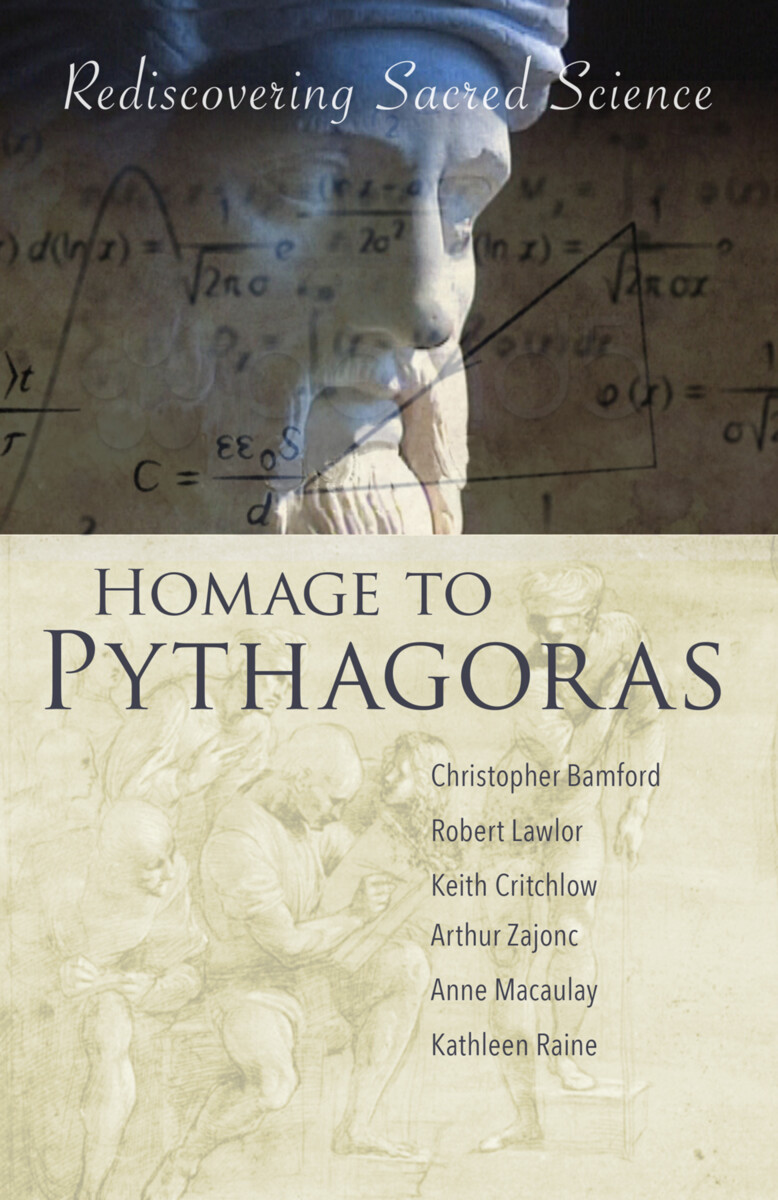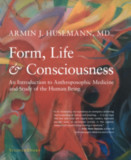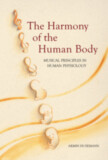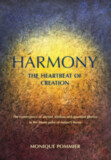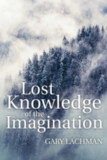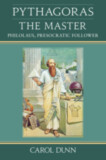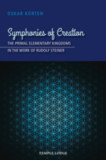Homage to Pythagoras
Rediscovering Sacred Science
Introduction by Christopher Bamford
Edited by Christopher Bamford
- Publisher
Lindisfarne Books - Published
9th June 2020 - ISBN 9781584209096
- Language English
- Pages 256 pp.
- Size 6" x 9"
Form · Number · Geometry · Architecture · Light · Color · Music · Poetry
“All such disciplines, theories, and scientific investigations as truly invigorate the eye of the soul, and purify the intellect from blindness introduced by studies of a different kind, so as to enable it to perceive the true principles and causes of the universe, were unfolded by Pythagoras to the Greeks.” — Iamblichus, Life of Pythagoras
Homage to Pythagoras collects essential writings by authors at the leading edge of the sacred sciences today. Each chapter—scholarly homages to the Pythagorean perspective—confirms the continuing interest in Pythagoras’ philosophy as a living reality. These authors provide a major addition to the field of Pythagorean studies and traditional mathematics.
“Some of the finest recent articles on Sacred Mathematics in the Pythagorean and Platonic traditions, which are still as vital and important as ever.”
—Ralph Abraham, Chaos, Gaia, Eros“If they ever put together a new Library of Alexandria, Homage to Pythagoras should be required reading.”
—John Anthony West, The Serpent in the Sky: The High Wisdom of Ancient Egypt“With its testimony to number and pattern at the heart of nature and of the arts, the Pythagorean tradition will always be a guiding light to Western culture.”
—Joscelyn Godwin, author of The Golden Thread: The Ageless Wisdom of the Western Mystery Traditions“These essays, at once scholarly and sympathetic to the Pythagorean perspective, are a veritable homage to Pythagoras and themselves proof of keen contemporary interest in his philosophy as a living reality. The quality of studies assembled here is uniformly high, making Homage to Pythagoras a major addition to the field of Pythagorean studies and traditional mathematics.”
—Seyyed Hossein Nasr, author of The Quest and Qalandar: Experiences of Sufism“Homage to Pythagoras not only throws light on Pythagorean science and symbolism in the ancient worlds, but demonstrates the value of the Pythagorean approach today.”
—David Fideler, editor, The Pythagorean Sourcebook and Library
C O N T E N T S:
1. Introduction: “Homage to Pythagoras” by Christopher Bamford
2. “Ancient Temple Architecture” by Robert Lawlor
3. “The Platonic Tradition on the Nature of Proportion” by Keith Critchlow
4. “What is Sacred Architecture? by Keith Critchlow
5. “Twelve Criteria for Sacred Architecture” by Keith Critchlow
6. “Pythagorean Number as Form, Color, and Light” by Robert Lawlor
7. “The Two Lights” by Arthur Zajonc
8. “Apollo: The Pythagorean Definition of God” by Anne Macaulay
9. “Blake, Yeats, and Pythagoras” by Kathleen Raine
Christopher Bamford
Christopher Bamford (1943–2022) was born in Cardiff, South Wales, and lived for a while in Hungary and then in Scotland. He studied as an undergraduate at Trinity University in Dublin and earned his master’s degree at the Annenberg School for Communication, University of Pennsylvania. For nearly thirty years, he was Editor in Chief at SteinerBooks (Anthroposophic Press) and its imprints. A Fellow of the Lindisfarne Association, he lectured, taught, and wrote widely on Western spiritual and esoteric traditions. His books include a selection of his numerous introductions, Encountering Rudolf Steiner: Introductions to Essential Works (2022); Healing Madonnas: Exploring the Sequence of Madonna Images Created by Rudolf Steiner and Felix Peipers for Use in Therapy and Meditation (2017); An Endless Trace: The Passionate Pursuit of Wisdom in the West (2003); and The Voice of the Eagle: The Heart of Celtic Christianity (1990). He also translated and edited numerous books, including Homage to Pythagoras: Rediscovering Sacred Science (2001); The Noble Traveller: The Life and Writings of O. V. de L. Milosz (1984); and Celtic Christianity: Ecology and Holiness (1982). Essays by Mr. Bamford are included in The Best Spiritual Writing 2000 (“In the Presence of Death”) and The Best American Spiritual Writing 2005 (“The Gift of the Call”). Christopher passed over the threshold on May 13, 2022, at his Mt. Washington, Massachusetts home.
Kathleen Raine
Kathleen Raine (1908–2003) graduated from Cambridge University in 1929. She became one of English literature's most remarkable twentyth-century practitioners. Although she considered herself primarily a poet, she was also a prolific writer of prose, an astute critic, and a distinguished scholar. Her poems and essays assert that true poetry is an expression of the spirit, the unfolding of a reality often hidden by the material appearance of things. Raine wrote a three-part autobiography (1973-1977), founded the magazine Temenos in 1981 to articulate her views, and in 1990 established the Temenos Academy of Integral Studies, a teaching academy that stressed a multistranded universalist philosophy. A professor at Cambridge and the author of a number of scholarly books, she was an expert on Coleridge, Blake, and Yeats.
Arthur Zajonc
Arthur Zajonc, Ph.D., is the Andrew Mellon professor of physics and interdisciplinary studies at Amherst College and is currently the director of the Academic Program of the Center for Contemplative Mind, an organization of 1500 academics supporting the appropriate inclusion of contemplative practice in higher education. Dr. Zajonc is the former General Secretary of the Anthroposophical Society in America, a cofounder of the Kira Institute, past President of the Lindisfarne Association, and a senior program director at the Fetzer Institute. He has served as scientific coordinator and editor for several dialogues with the Dalai Lama: The New Physics and Cosmology, held in 1997 and published in 2004, and “The Nature of Matter, the Nature of Life” (2002, unpublished). He was also moderator for the 2003 MIT dialogue, published as The Dalai Lama at MIT (2006). Dr. Zajonc is the authorCatching the Light (1993, 1995), coauthor of The Quantum Challenge (2nd ed. 2005), and coeditor of Goethe's Way of Science (1998).
Anne Macaulay
Anne Macaulay (1921–1998) lived in Scotland where, for many years, she studied the origins of the alphabet, the history of the guitar, the figure of Apollo, and other mysteries surrounding Pythagoreanism. She settled in Balerno near Edinburgh and traveled widely, surveying megalithic sites around the world. In 1994, she was awarded an Honorary Fellowship by the University of Edinburgh. Mrs. Macaulay lectured at RILKO (Research into Lost Knowledge Organization) and was a trustee of the Salisbury Center in Edinburgh.
Keith Critchlow
Prof. Keith Critchlow (1933–2020) was a well-known lecturer and author and a founding member of Research Into Lost Knowledge Organization (RILKO), a founding member and Director of Studies of Kairos, and a founding member and President of the Temenos Academy. He was Professor Emeritus and founder of the Visual Islamic and Traditional Arts Programme at the Royal College of Art, now the Prince’s School of Traditional Arts. Trained as a painter, Critchlow discovered geometry intuitively. A period of intensive geometric practice (and work with Buckminster Fuller) led him to the recognition that the universal principles of geometry are revealed and confirmed both by the area of design where art and mathematics meet and in the study of nature and ancient and medieval sacred cosmological stone, temple, cathedral, and mosque architectures. Keith Critchlow had been a senior lecturer at the Architectural Association in London, and taught Islamic Art at the Royal College of Art. He also participated as geometer in various sacred architectural projects. His books include Islamic Patterns: An Analytical and Cosmological Approach (1999); Time Stands Still: New Light on Megalithic Science (2007); and The Hidden Geometry of Flowers: Living Rhythms, Form, and Number (2011).
Robert Lawlor
Robert Lawlor is a mythographer, symbolist, and author of numerous books on the principles and practices of ancient sacred science. After training as a painter and a sculptor, he became a yoga student of Sri Aurobindo and lived for many years in Puducherry, where he was a founding member of Auroville. In India, he discovered the works of the French Egyptologist and esotericist, R. A. Schwaller de Lubicz, leading him to explore the principles and practices of ancient sacred science.


